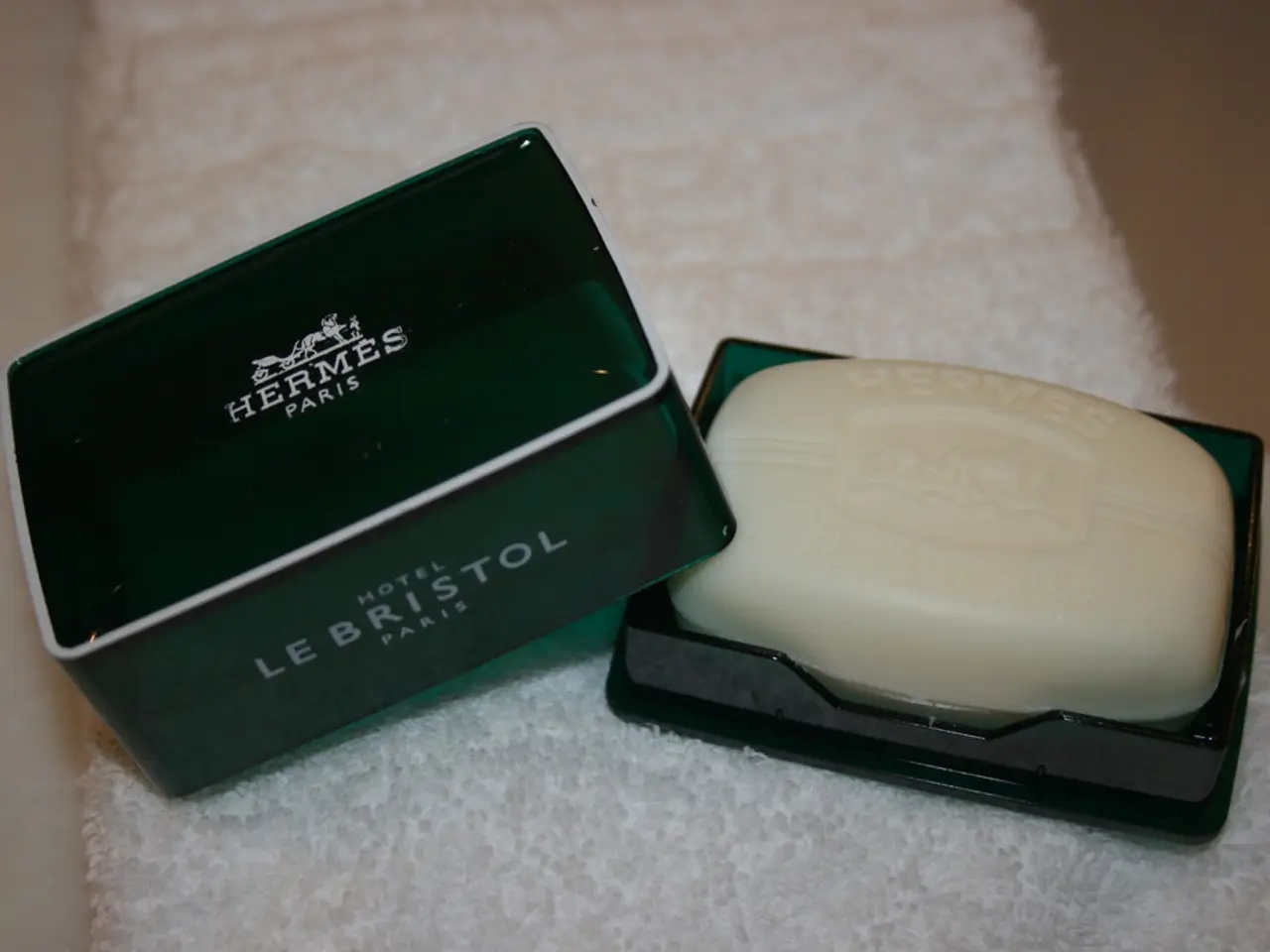"Ensure Thorough Sanitization of Smartphones and Laptops"
In today's digital age, our IT devices have become an integral part of our daily lives. However, maintaining their cleanliness and hygiene is often overlooked. Here's a guide on how to keep your devices in tip-top shape, based on expert recommendations.
Cleaning Frequency
Establishing a regular cleaning routine is crucial for prolonging the life of your devices. Smartphones, for instance, should be given a light wipe daily, with a deeper clean once a week. Laptops, monitors, keyboards, and mice should be cleaned weekly. Earbuds or headphones should be cleaned after each use. For internal cleaning of computers, such as desktops, dust removal should happen every 3-6 months.
Safe Cleaning Materials and Practices
Microfiber cloths are your best friend when it comes to cleaning screens and surfaces. They reduce scratches and remove dust effectively. For screens, use a cloth slightly dampened with water or a 50/50 solution of distilled water and white vinegar. Never spray the device, but rather the cloth, and clean gently with light horizontal and vertical strokes. Alcohol should be avoided on touchscreen surfaces as it may damage oil-repellent coatings.
For keyboards and mice, turn off or unplug them before cleaning. Use compressed air to dislodge debris between keys, followed by cleaning keys with a cloth lightly dampened with isopropyl alcohol (avoid getting liquid under keys). Smartphones can be cleaned with alcohol on covers and buttons but not directly on the screen. Removing the case before cleaning is recommended.
Approved disinfecting wipes, used according to manufacturer guidelines, can be used for hygiene purposes, but limit disinfectant use according to device specifications to avoid wear. Avoid household chemicals or harsh cleaners that can degrade coatings or cause damage.
Additional Tips
Compressed air cans allow for a particularly thorough cleaning of devices. Shaking and tapping a device upside down can help remove crumbs from the gaps. The cloth used for cleaning should be lightly dampened and not drip.
It's important to note that only 2% of people clean their computers once a week, and only 6% of German smartphone owners clean the surface of their phone daily. With notebooks, the ventilation slots and fan should be occasionally checked and cleaned with compressed air.
Avoid using cleaning agents based on alcohol as they attack the protective layer of monitors. If a device is used while eating or on the toilet, it should be cleaned more frequently. A cotton swab can help remove stubborn dirt between device keys.
Germs can settle more easily on a device with scratches, so a soft microfiber cloth is ideal for regular cleaning. Eyeglass cleaning cloths can be used to clean monitors and displays.
In conclusion, following a regular cleaning routine, using microfiber cloths and gentle cleaners like water, vinegar solution, or specific approved wipes, and avoiding spraying liquids directly on devices preserves device longevity and user hygiene.
- To ensure your devices stay clean and functional, establish a weekly cleaning routine for laptops, monitors, keyboards, and mice, while smartphones should be lightly wiped daily and thoroughly cleaned weekly.
- When cleaning your devices, utilize microfiber cloths, a 50/50 solution of distilled water and white vinegar for screens, isopropyl alcohol for keyboards and mice, and approved disinfecting wipes for hygiene purposes, while avoiding harsh cleaners and alcohol on touchscreen surfaces.




